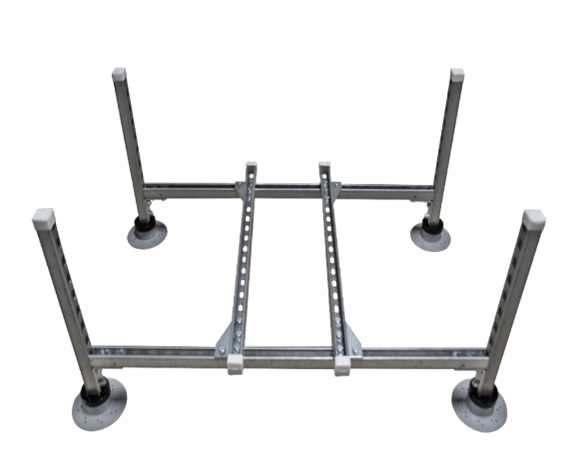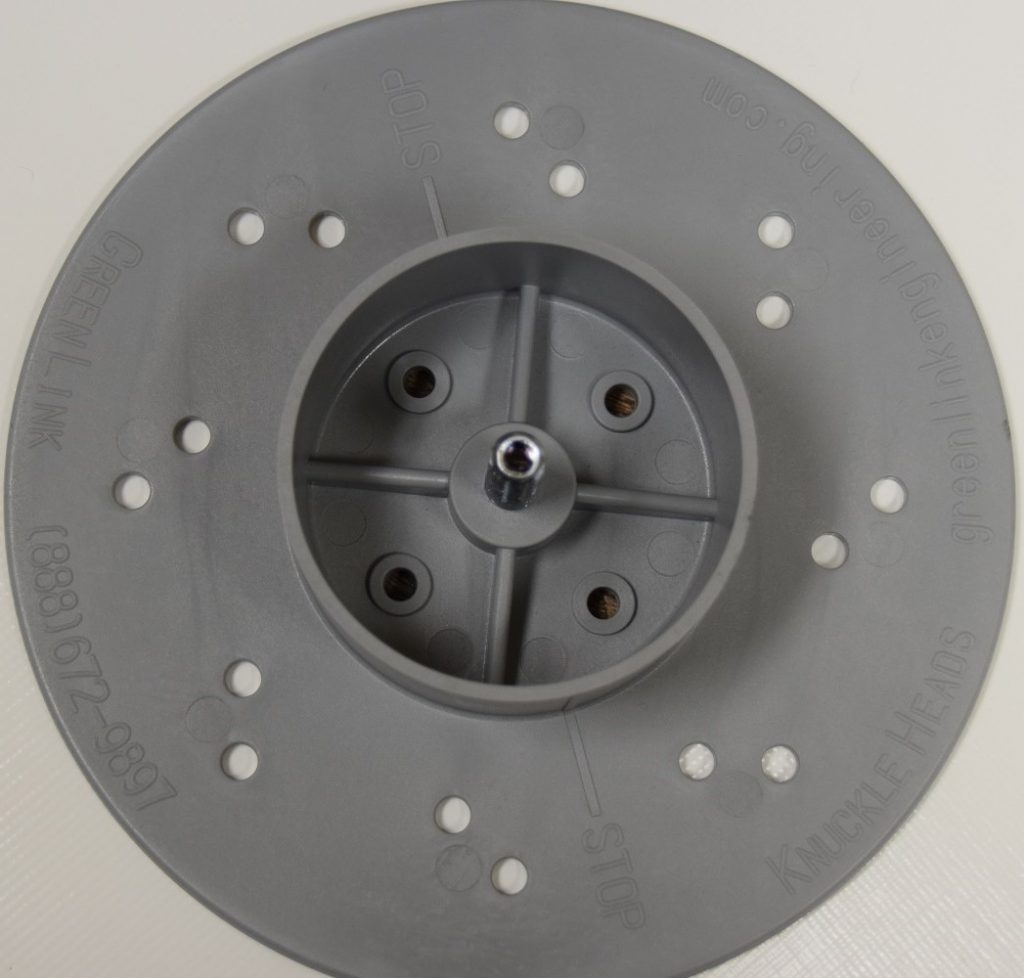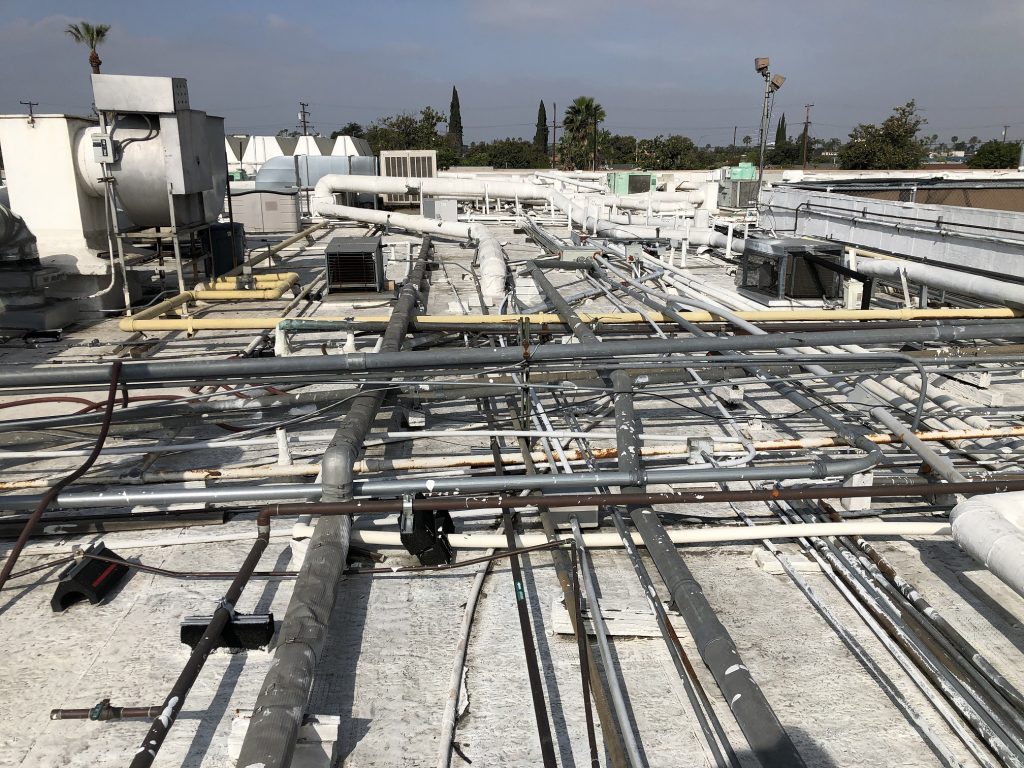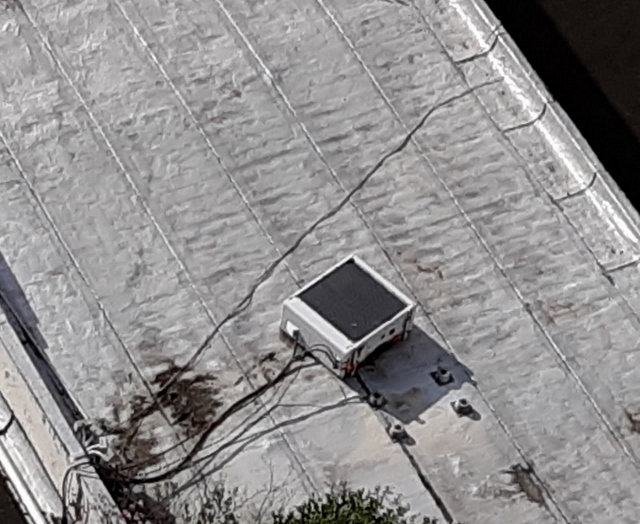HVAC
Weathering the Storm with Rooftop Supports
Weathering the Storm with Rooftop Supports Green Link, Inc. Presented by Kaitlyn Briggs (Kaitlyn Briggs) This presentation was originally featured as part of AEC Daily’s Virtual Education SpotLight Symposium in December 2023. We received several questions over the course of the day, but unfortunately didn’t have time to answer them as part of our presentation.…
Read MoreStrutFrame™ Duct and Pipe Supports: A Rooftop Installation Game-Changer
Ductwork and pipelines are like the nervous system of the building: sending essential HVAC, plumbing, electrical, and specialty services racing through the building to answer the demands of the occupants. Without adequate support, the system may start to sag, misalign, point load, or suffer a total system failure leading to costly repairs, hazards, and an…
Read MoreNew Mechanical System for Supporting HVAC Equipment
GreenLink has introduced an engineered mechanical support system for mounting a wide range of HVAC equipment including AC units, mini splits, heat pumps, condensers, and associated pipelines and conduit. The system is designed to produce an extremely secure installation, especially in the face of high winds and seismic events. It is available as a kit…
Read MoreTall VRFs/Mini-Splits: Blowing in the Wind? Here’s an Answer.
Mini splits are becoming increasingly popular on commercial buildings as well as residential housing. Usually, they can be mounted on any number of support systems, but the taller, narrower profile of the larger units creates a level of vulnerability. In windy conditions, it can tip over, even if mounted. The greater surface area of the…
Read MoreSecuring HVAC Equipment on Mod-Bit Roofs without Mechanical Fastening
Modified bitumen roofs continue to maintain a significant share of the domestic market. Mod bit is often described as “rubberized” asphalt, meaning it consists of asphalt and a polystyrene or polypropylene polymer infused into a reinforcing fabric. It is applied in 4’ squares as a two-ply system: first a base sheet, then a top sheet…
Read MoreCase Study: A Public School in Michigan
Clearing the Way for Coating A public school roof in central Michigan, was scheduled to be resealed with a liquid applied coating. Two adjacent roof sections were involved separated by a parapet wall over which line sets needed to pass. Prior to coating five mini splits using 4”X 6” wood sleepers were mechanically fastened to…
Read MoreRough-Ride for Roof Mounted Equipment
Field reports from HVAC and roofing contractors indicate an increasing issue relating to the stability of rooftop equipment installations. Earthquakes at 6.4 magnitude in January ran through the Caribbean wreaking havoc with the electrical grid and power lines, not to mention rooftop-mounted equipment. Elsewhere, high winds and violent storms have caused the same. As the…
Read MoreAttachment: The KnuckleHead Base and the Rooftop “Junkyard.”
In a perfect world, low-slope roofs would have nothing on them. This was the opinion of the NRCA in 1990. Since then, the proliferation of rooftop equipment and utility lines such as gas pipes and conduit is seen everywhere on low slope roofs. Different trades install layer upon layer of equipment, sometimes with little thought…
Read MoreKnuckleHeads Prevent Split Tip-overs in High Winds
KnuckleHeads Prevent Split Tip-overs in High Winds Roof-mounted heat pump splits are often attached to 4’ X 4’ treated wood beams, which are loose laid on the roof membrane. While this has been common practice for many years, the emergence of taller “double stacked” units has created a new problem: “wind sailing.” Contractors and building…
Read MoreKnuckleHeads and Hurricanes
Recently Green Link principals, Phil Georgeau, Founder, and Lisa Mulder, Technical Director traveled to San Juan, Puerto Rico to survey the destruction caused by Hurricane Maria, and to study how the use of the KnuckleHead support system could provide more stable rooftop installations in the face of future hurricanes. Hurricane Maria, which struck in September,…
Read More







